Oregon, As It Used To Be
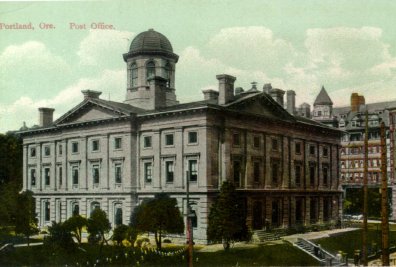
This impressive structure in the center of Downtown Portland is the Pioneer Courthouse. The trees are now as high as the roof. It is the second oldest federal building west of the Mississippi River.
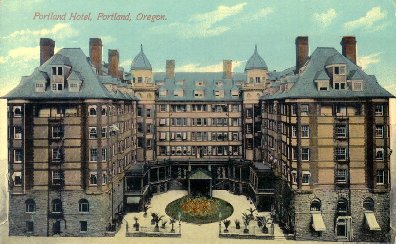
The Portland Hotel was torn down a long time ago, and for many years there was an unsightly hole that served as a parking garage in its place. Now that block is Pioneer Courthouse Square, Portland's "Living Room."
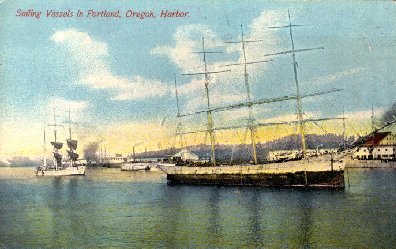
Even today, the Williamette River through downtown Portland is a busy place. It's been a long time, though, since ships like this tied up at the riverfront.
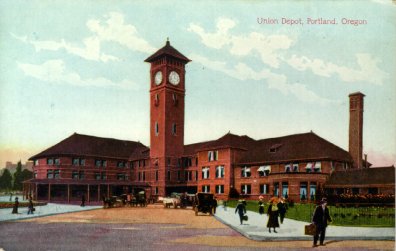
Still serving as Portland's depot, Union Station hasn't changed much since this picture was taken. Of course, the automobiles are a bit different.

The bridge is still a busy one, carrying trucks, cars, buses, bicyclists and pedestrians across the Willamette River. It was built in 1910, and is the oldest operating vertical lift bridge in the US.
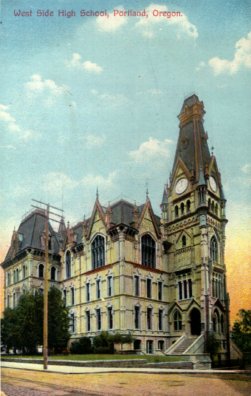
West High School. It isn't there any more, but isn't it an interesting building?

Cape Horn, on the Columbia. Solid basalt. A real challenge when they built the water-level rail line along the Washington side.
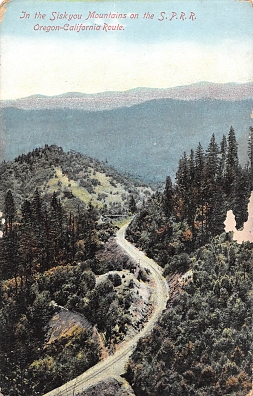
The old Southern Pacific Railroad route through the Siskyou Range in southern Oregon.
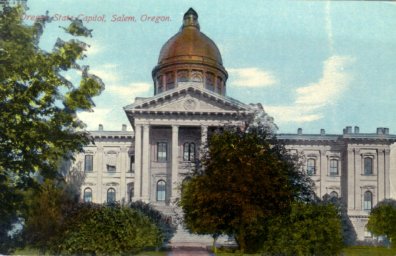
Oregon has had three capitol buildings. This one burned down more than 80 years ago.
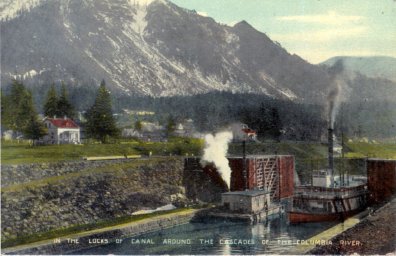
The Cascades of the Columbia were a major barrier to ship traffic, so this canal was built to bypass them. There is a new set of locks at Bonneville dam now, and these aren't used any more. Trees cover the hillsides again, and there's a freeway right outside of town.
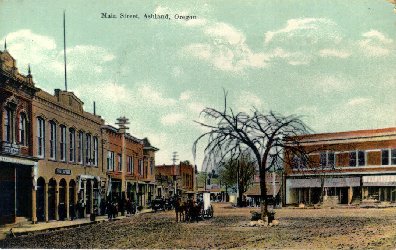
Ashland is the home of the Oregon Shakespeare Festival. The streets are paved now, and they even allow automobiles in town.
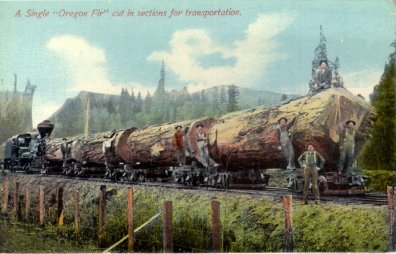
This is what's meant by Old Growth timber. One doesn't often see trees like this any more. Much of western Oregon's timber was brought out of the hills on railroads built especially for the purpose. Sometimes the radii of their curves determined how long the logs could be.
